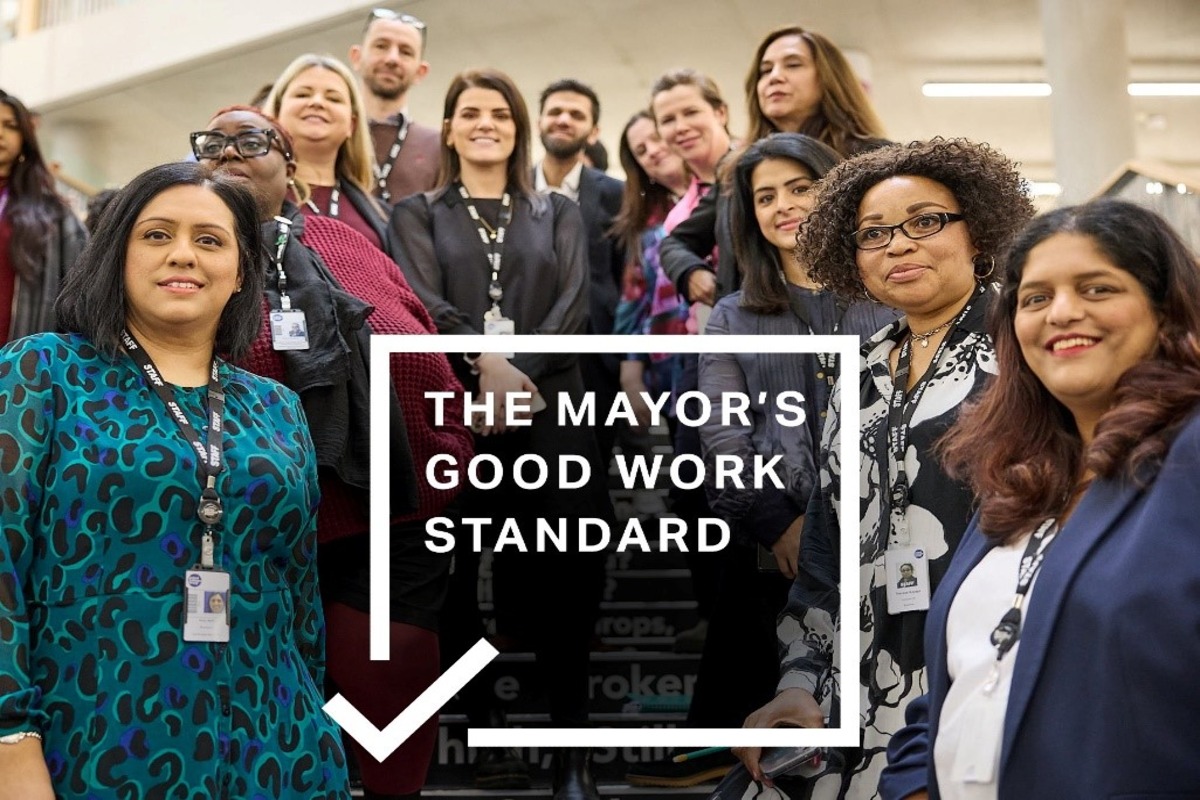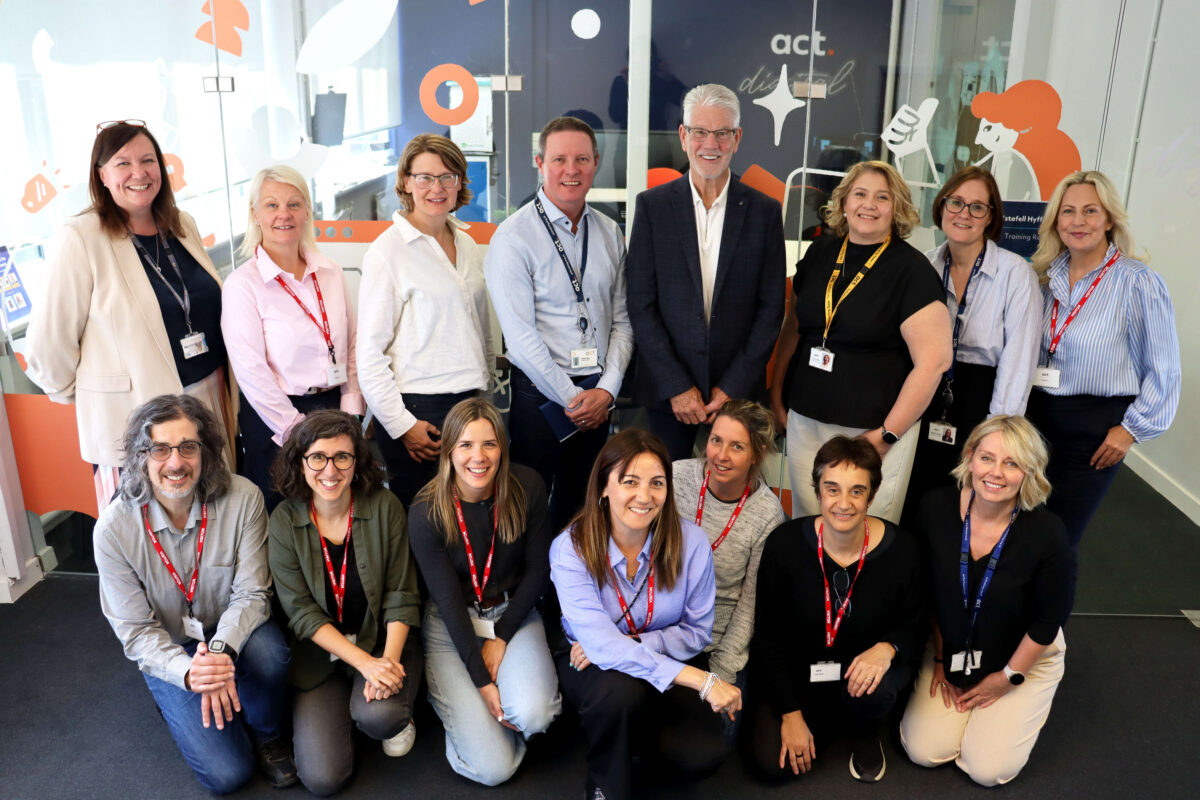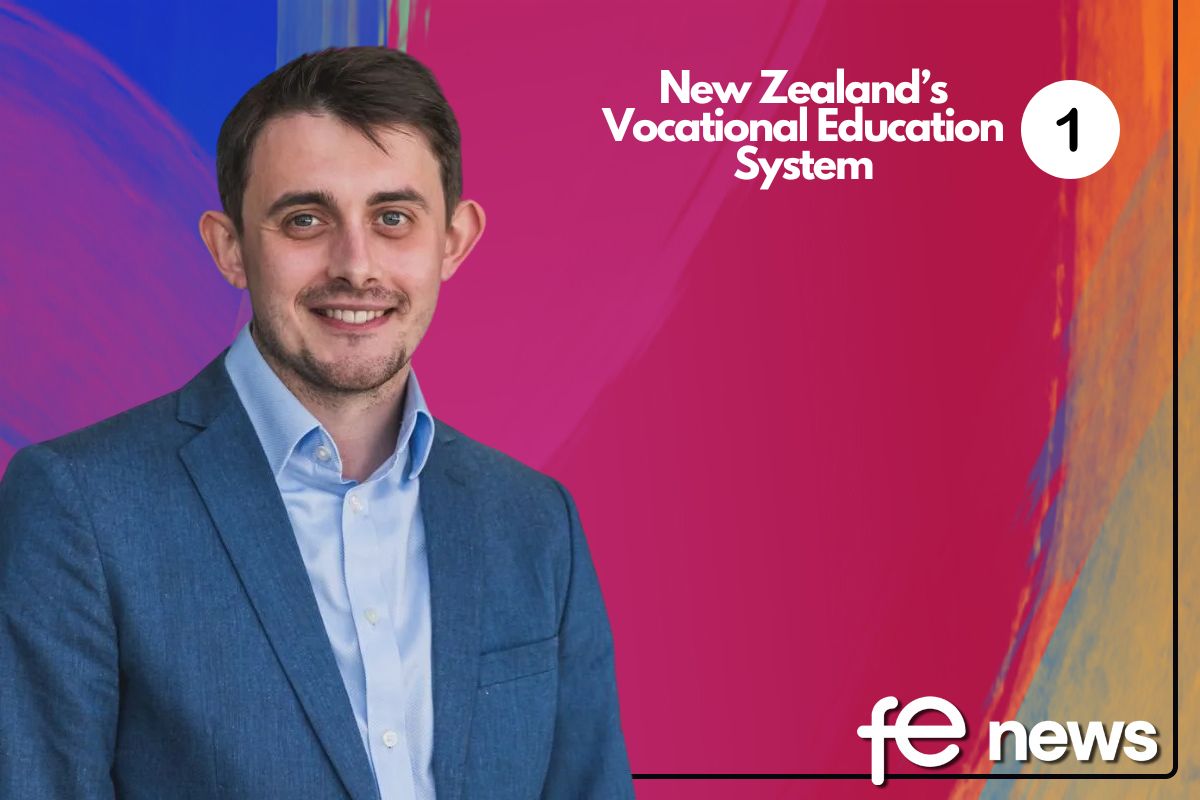Could schools and colleges be drawing on longer-term destination measures to better support their young people?

Educational success is often measured using short-term metrics such as exam results and league tables. While these offer snapshots in time, they also provide an incomplete picture. Success is about more than short-term achievements – it should provide a rounded picture of individuals’ long-term goals, career success, personal fulfilment and contribution to society.
We have already seen the labour market transform as a result of the Covid-19 pandemic, with many workers rethinking what they want from life and work as part of the ‘great resignation’, and a greater move towards hybrid working. These trends are set to continue with the onset of the fourth industrial revolution, the green economy, advances in technology and the fallout from Brexit.
Schools and colleges will have to increasingly consider how these changes will also impact the nature of work and shape young people’s destinations and outcomes. We need to support schools and colleges to move from focusing purely on short-term measures to also considering the longer term destinations of their students.
How are student destinations currently measured?
Destination measures follow a cohort of young people in schools and colleges from a point when they are in the education system to a point in time in the future. This provides useful insight into what young people move onto after education.
Destination measures published by the Department for Education (DfE) already provide information about what young people are doing in the 12 months after leaving compulsory education, when they are often still in a transitionary phase of their lives. While this is useful, this does not provide any information about where young people end up five or ten years after they leave an institution, when they are more likely to have started to follow a career path.
Against this backdrop, the Edge Foundation commissioned the National for Educational Research (NFER) to investigate how we might develop reliable longer-term destination measures. Such measures could potentially support institutions to demonstrate their value over and above attainment outcomes, and think about how they can better support young people to achieve successful outcomes in the labour market.
Research findings
To do this, NFER used the DfE’s newly available Longitudinal Education Outcomes (LEO) dataset. This compiles data on young people’s (up to the age of 30) activities and earnings over a decade, providing greater insight into young people’s longer term prospects and trajectories. This dataset has potential to significantly extend our insights into the paths young people take after leaving education and transition into employment.
If we could supplement existing short-term information with these longer-term outcomes, we could help schools and colleges understand what their learners go on to do. Schools and colleges could use this to identify, reflect on and address strengths and challenges in their current practice.
The report finds that most young people are also not in sustained employment until their mid-20s. This raises obvious implications for evaluating an institution’s outcomes based solely on a young person’s activities in the year after completing their post-16 education.
The report also finds that young people’s progression pathways systematically differ based on their characteristics, abilities and background. For instance, it shows that young people from disadvantaged backgrounds (as measured by eligibility for free school meals) were less likely to be in a sustained employment or education destination at all ages up to 30.
It is important to recognise that the value of what young people do in the labour market should not be judged solely from the future earnings they are able to achieve. There are a number of other factors that might be deemed important for a successful destination, such as value to society or individual well-being. Ideally, we would have also considered these when developing longer-term destination measures, but unfortunately this data is not currently available in a form which can be linked to individual schools and colleges.
Given the current lack of readily available data on long-term destination measures, the starting point is for schools and colleges to be given access to the appropriate data for them to better interpret and understand the destination of their learners.
Recommendation 1: Work with schools and colleges to develop best practice use of destination measures
For institutions: The change can begin right now. Your institution’s data is readily available in a mini report from NFER and you can email destinations@nfer.ac.uk to explore how destination data could help deliver even better long-term outcomes for your pupils. You can also email enquiry@edge.co.uk to register interest in joining future work to develop best practice in using destination measures.
Recommendation 2: Improve the destination measures information made available to schools and colleges at post-16 to help support young people towards better outcomes
For policy makers: Access to long-term destinations information could be improved and destination measures used as part of a broader basket of measures to understand student success. A benchmark tool should be developed to support schools and colleges to better contextualise and interpret their destination measures.
Recommendation 3: Target additional transitional support to schools and colleges with high densities of young people who are at risk of falling out of the labour market
Recent data developments allow for the identification of schools and colleges with particularly high rates of young people becoming Not in Education, Employment or Training (NEET).
For policy makers: A data-driven pilot programme should be developed to target support towards institutions with high rates of young people at risk of becoming NEET. This information could be used to target interventions with high NEET rates, and support pupils towards better destinations.
Next steps
Datasets such as LEO are continuing to evolve and develop. There is an opportunity to reframe what we mean by a ‘successful’ destination and this research shows that there is potential for developing longer-term destination measures further. By doing this, schools and colleges can reflect even further on the value they play in supporting young people into the labour market.
You can download our report here.
Olly Newton is Executive Director at the Edge Foundation











Responses